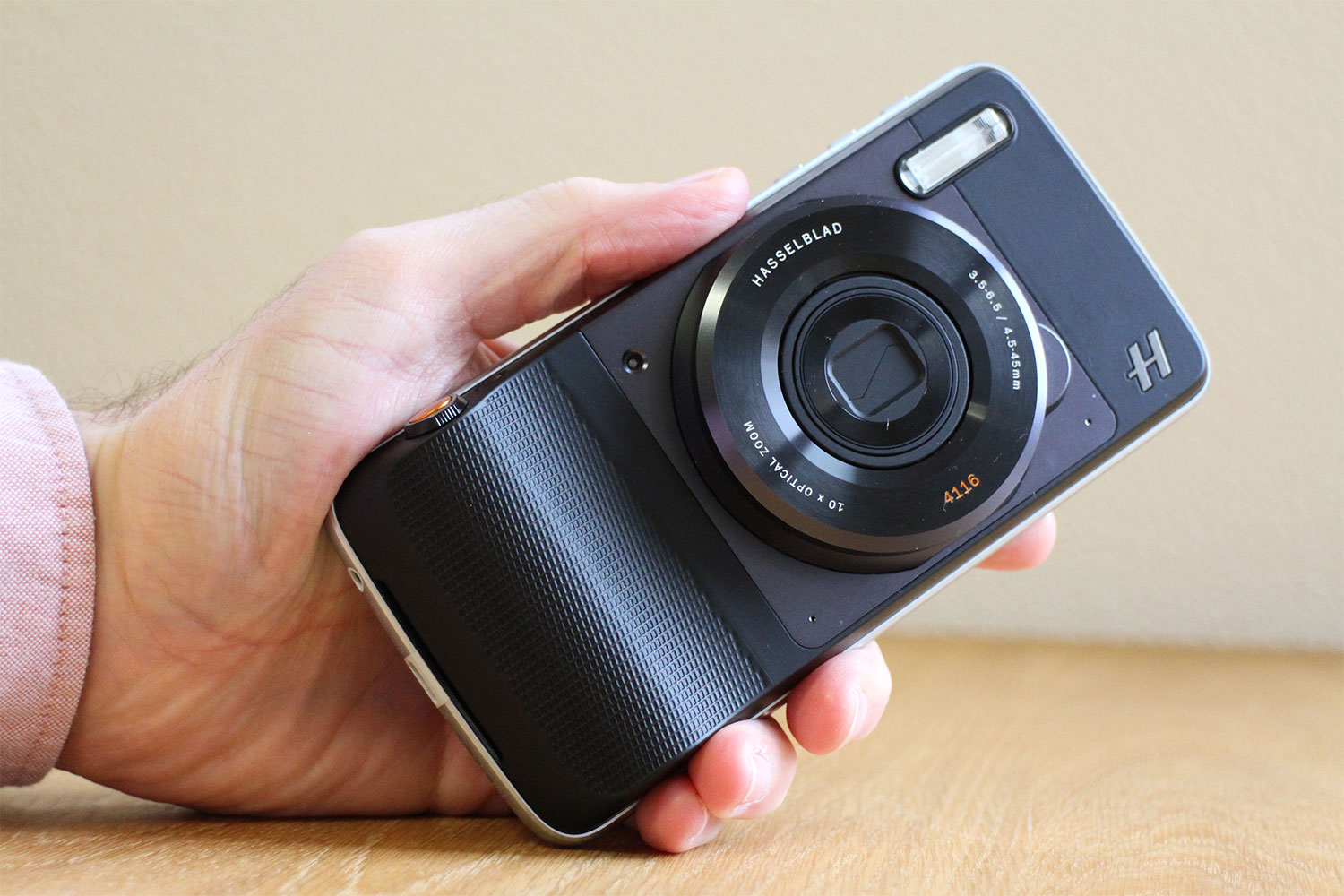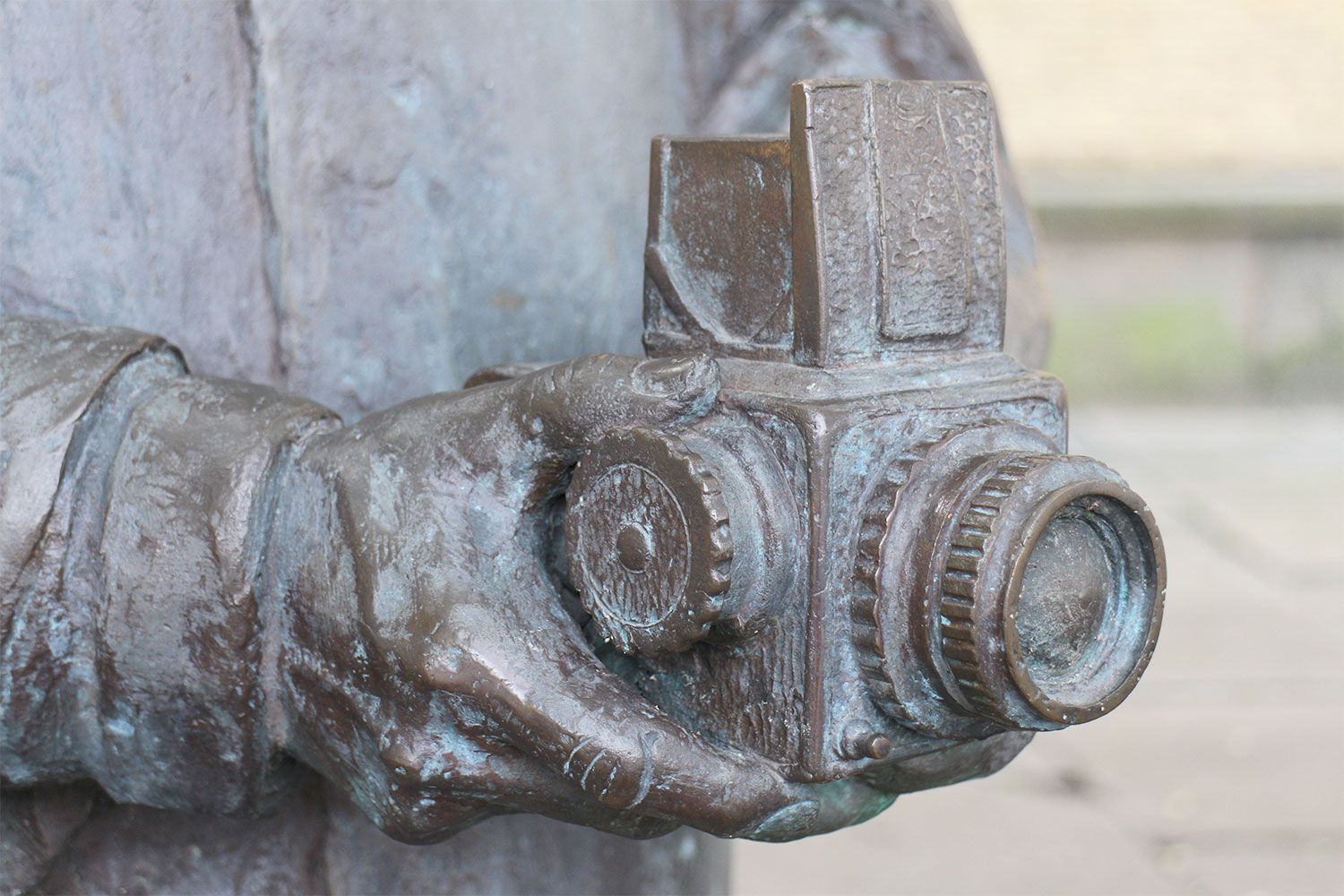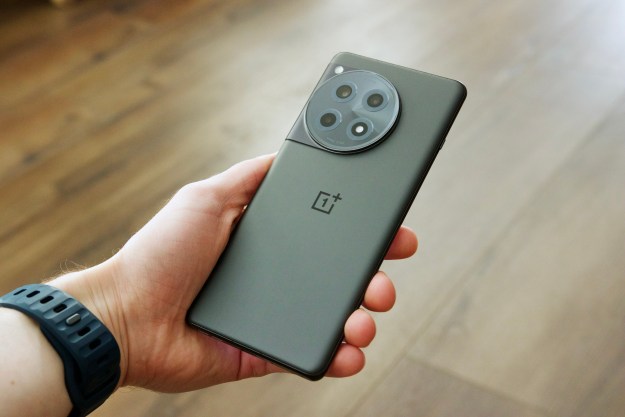OnePlus may have struck a partnership to help elevate the camera system on its next smartphone to the level seen on Samsung, Apple, and Huawei phones. A leak suggests OnePlus will work with camera maker Hasselblad in some capacity for the OnePlus 9 Pro, potentially in a similar way to how Huawei has worked with Leica on its phone cameras.
However, partnerships like this are not all the same, and just because there’s co-branding on a phone doesn’t mean there have been deep changes that will greatly affect performance. If OnePlus and Hasselblad are working together, I hope they will look toward Huawei and Leica’s partnership for inspiration, rather than some of their own previous collaborations.
The Hasselblad and OnePlus 9 leak
The leak of the unreleased, unofficial OnePlus 9 Pro, complete with Hasselblad branding on the camera module alongside four cameras, first appeared on popular YouTuber Dave2D’s channel. The leak wasn’t a single, pixelated, low-quality sneaky image, but a selection of high-resolution photos of what looks like a genuine smartphone. The design matched leaks of the OnePlus 9, giving it more credibility, just with additional sensors and that Hasselblad branding.

Despite the leak looking genuine, it’s still not official, and therefore may not be accurate. It’s also possible the phone does not represent the final version, in that any partnership with Hasselblad may not have been finalized and the phone is a one-off mock-up. However, OnePlus CEO Pete Lau is quoted as saying the company will invest “huge resources” in cameras to improve its standing against the competition, and a partnership of some kind would certainly fit with this intention.
Hasselblad’s smartphone history
Hasselblad may not be that wellknown to smartphone buyers, but in the camera world, it’s a legend. It celebrates its 80th anniversary this year, and while you may not know the brand’s cameras, you will know many iconic photos taken with them, from The Beatles walking over the crossing on Abbey Road and Albert Watson’s black-and-white portrait of Steve Jobs, to photos taken by Neil Armstrong and Buzz Aldrin on the moon in 1969.
Its partnerships with smartphone makers have been less illustrious. In 2014, it partnered with now-deceased luxury phone maker Vertu on the Signature Touch. The result was typical of its time, in that Hasselblad worked only on the software with Vertu rather than the hardware. This manifested itself in the form of custom filters tuned by Hasselblad, and little else. Hasselblad’s name was not put on the hardware itself.

In 2017, it partnered with Motorola to produce a Moto Mod accessory for the Moto Z called the True Zoom. The innovative Moto Mod system allowed you to magnetically attach an accessory to the body of the phone, and in this case, it was a massive additional camera lens with a 10x optical zoom. This was before periscope zoom systems like the Galaxy S21 Ultra’s, so the lens fully extended out of the Moto Mod, just like it would on a regular camera.
At $300, it was an expensive addition, and although it was technically very clever, it didn’t take very good photos outside of its 10x zoom setting, the software making the whole thing work was unreliable and buggy, and the whole thing added masses of bulk to the phone. Like the Moto Mod system in general, it was an interesting but flawed experiment, and it represents the last time Hasselblad collaborated with a smartphone maker.

When I spoke to Hasselblad’s then-CEO Perry Oosting in 2016 about the Motorola partnership, he told me many companies had approached the brand about teaming up together, but it was only interested in those where “we can make a difference and bring something new to the market.”
This may have been some years ago, but both Hasselblad and OnePlus still really need to heed those words today.
Something new
It’s all very well bringing two brands together, but it needs to mean something if people are going to be excited about it — and potentially pay extra for any result of the deal. Brand partnerships all too often devolve into nothing more than a marketing exercise, and smartphone manufactures are notorious for this. OnePlus itself has a spotty history here, with its McLaren and Star Wars special editions offering nothing truly unique outside of visual additions. Samsung’s done countless specially branded phones to coincide with the Olympics and popular bands. It’s not a bad thing, but none of these move the industry forward.
Huawei is the reference point for brand partnerships done right. It knows how to make smartphones, but realizes that it’s not a master of all things, so it turns to those that are experts in particular areas for assistance in certain circumstances. Outside of Porsche Design and Gentle Monster, it’s the Leica partnership that produced the best and most meaningful results.

Leica and Huawei engineers have worked together on phones since 2016, but it was the superb P20 Pro camera that really showed what the pair could do. Although Leica didn’t produce the optics, it worked on getting the photos they took exactly right, including tuning the wonderful monochrome camera on the phone. The Huawei P20 Pro and its Leica camera remain one of the best camera phones I’ve ever used, and its incredible ability pushed my creativity in a way no other smartphone camera had done before. Without it, I wouldn’t enjoy taking photos as much as I do today, or have been inspired to try and improve.
This is the kind of impact OnePlus and Hasselblad will need to replicate if the partnership is real. We’re way past the point of throwing a couple of filters in the camera app and calling it a good job.
High risk, but potentially big rewards
If the partnership is to be a success, both OnePlus and Hasselblad need to have extensively shared ideas and technology, plus worked together on as many aspects of the OnePlus 9 Pro’s camera as possible. Simply put, there needs to be proper evidence of Hasselblad’s 80-year experience, and of OnePlus’s bullish, “Never Settle” mentality. Anything less, and it’ll be a failure.
The stakes are high. OnePlus improved the camera on the OnePlus 8 Pro, but is once again a step behind the top-end camera leaders. And while any Hasselblad involvement could potentially elevate the OnePlus 9 Pro’s camera to compete with the Galaxy S21 Ultra and other excellent camera phones, if it’s just a cynical marketing exercise, it could be equally damaging to its reputation, and set the company back.
If it’s to succeed, OnePlus and Hasselblad need to extensively share ideas and technology.
It’s just as high risk for Hasselblad. Its previous smartphone endeavors have not impressed, but admittedly, they have been relatively niche. If it is working with OnePlus, any co-branded product is going to have a far higher profile than ever before. It needs any resulting product to be a success, and not another unfortunate missed opportunity to add to the list.
There’s motivation on both sides to make a special partnership like the rumored OnePlus and Hasselblad linkup work. These are exciting companies, with things to prove. That’s a great recipe, and as Huawei and Leica proved, when partnerships are taken seriously, the results can be spectacular.
There’s currently no official word on when the OnePlus 9 and OnePlus 9 Pro will launch, but the OnePlus 8 Pro arrived on April 14 last year, so we may not have long to wait.
Editors' Recommendations
- OnePlus’ next foldable phone may get a huge camera upgrade
- OnePlus just fixed a big issue with the OnePlus Watch 2
- Don’t buy the OnePlus 12 — 6 reasons to wait for the OnePlus 13
- I performed an intense gaming test with the OnePlus 12. Here’s what happened
- If you like Genshin Impact, you’ll love this new OnePlus phone




